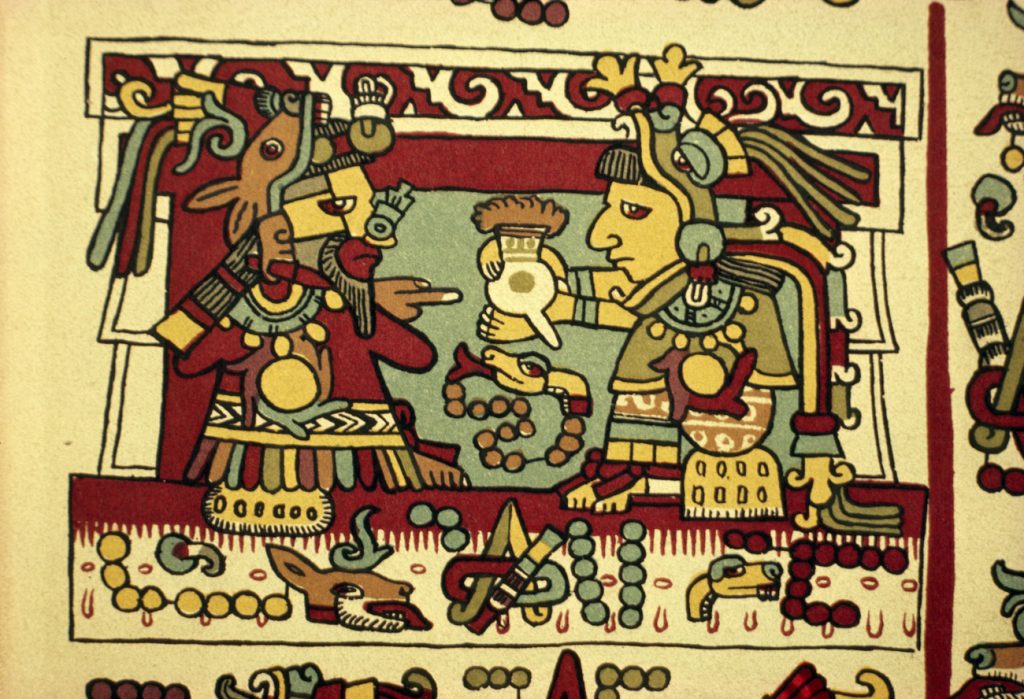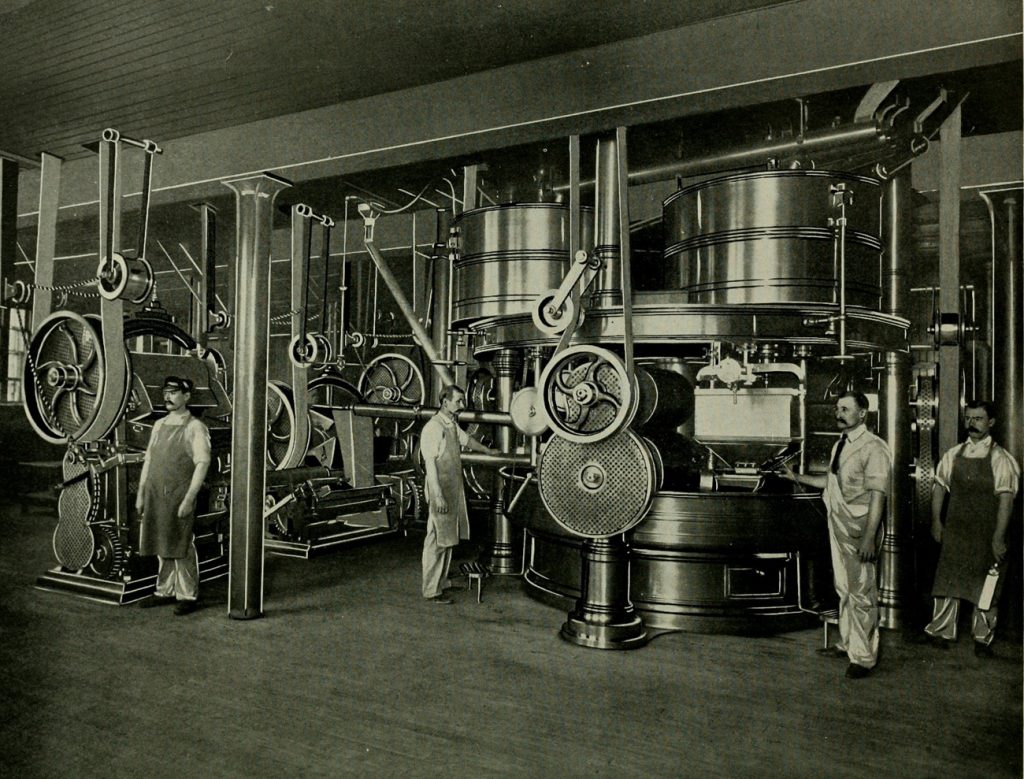Curiosities
Presently we basically can't envision a world without chocolate – it's utilized wherever from chocolate bars and yummy confections to warm cocoa beverages and some extravagant choco lattes. We partner chocolate with something mixed and scrumptious, yet that hasn't generally been the situation. Truth be told, before the sixteenth century the majority of the world didn't think about chocolate! The Mayan and Aztec civic establishments were the ones who knew the most about chocolate and cherished it significantly. This is what you have to think about the mind boggling history of chocolate.
Mayo-Chinchipe
Mesoamerica is generally "accused" for the development of cocoa and spreading it out to the remainder of the world, however late revelation uncovered that South America is really where cocoa was first tamed by people somewhere in the range of 5,300 years back – a lot sooner than past finds proposed! Archeological destinations in Mayo-Chinchipe, Ecuador, uncovered remainders of cocoa that changed the entire history of chocolate, making it considerably more old than we suspected.
Maya and Aztecs
So how did cocoa spread to Mesoamerica? Historians believe that people from the Amazon basin traded cocoa for various goods, and that’s how cocoa beans (and the drink itself) found its way into Mesoamerica. That happened around 3,900 years ago, according to archaeological finds. Mayans and Aztecs revered chocolate so much that they used it in their religious rituals and various important ceremonies like marriage, birth, and burials.

Sacred Cocoa
How did the Ancient Aztecs drink chocolate? It had nothing to do with the sweet drink we have today – they ground the cocoa beans and mixed them with chilli pepper to create an invigorating drink far from a relaxing frothy cup of cocoa we would have on a chilly day. It was bitter, energizing, and was mostly used in ceremonies. They believed cocoa was a heavenly fruit granted to humans by gods. Both Maya and Aztecs believed it was a gift from Quetzalcoatl (or Kukulkan). The name chocolate is of the same origin, coming from the Aztec xocoatl.

Cocoa Currency
Ancient Aztecs, as well as people of pre-modern Latin America, valued cocoa so much that cocoa beans were used as currency for several centuries. According to some Aztec documentation, in 16th century you could buy a large turkey for as many as 100 cocoa beans, a rabbit for 30 beans, an avocado or a turkey egg for 3 beans, and a tamale for just 1 bean. Cocoa beans could even be used to pay taxes!

Hernan Cortes
Europe got acquainted with chocolate thanks to Hernan Cortes. Rumour has it that when Hernando Cortez arrived in Tenochtitlan in 1519, King Montezuma welcomed him with numerous jars of hot cocoa drink poured into golden cups, mistaking the invader for a resurrected god. The colonists later brought the bitter cocoa bean to Spain, where it quickly became popular after adding some honey and vanilla for a sweeter taste.

1700s
In the 17th century cocoa was already popular enough that all aristocrats and rich people consumed it on a daily basis using special pots and cups. Apart from being tasty, fashionable, and highly nutritious, chocolate also get a reputation of being a strong aphrodisiac – even Casanova was rumoured to be very fond of the drink. Still, the production was time-consuming and only the rich could afford to drink chocolate.

Dutch Cocoa
1828 is the most important date in the history of chocolate-making as it was the year when Coenraad Johannes van Houten found a way to extract cocoa butter from cocoa beans using a special press. Thus, the cocoa powder was created named “Dutch cocoa”. It was used to create the scrumptious cocoa drink or a chocolate bar by adding cocoa butter back and shaping it into a chocolate candy we all know and love today. Daniel Peter, a Swiss chocolatier, was the one who added powdered milk to the mix back in 1875, inventing milk chocolate bars.

Modern Chocolate
1868 was the year when a very small company with a now-big name – Cadbury – started a small-scale chocolate business, advertising boxes of chocolate candies. Sometime later Nestle got into manufacturing and selling milk chocolate – something the company still specializes in today. Chocolate grew more popular and the cultivation of cocoa expanded to West Africa in the 1900s. Today what we eat is not the same chocolate as before – it’s mostly made from flavourless cocoa beans with lots of additives to enhance (or create) the taste. Still, a kind of chocolate revolution has been happening during the last few decades, with more chocolatiers turning to the ancient art of chocolate-making. Big companies also create artisanal lines with finer, better made, and more eco-friendly products.


